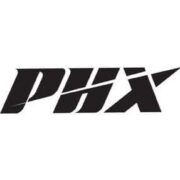ASU Study: Phoenix airports contribute huge economic impact
PHX Business Journal The city of Phoenix’s airport system, which includes Phoenix Sky Harbor International, Phoenix Deer Valley and Phoenix Goodyear airports, has an annual total economic impact of $44.3 billion, according to a new study from Arizona State University’s W.P. Carey Sch...
Read More
